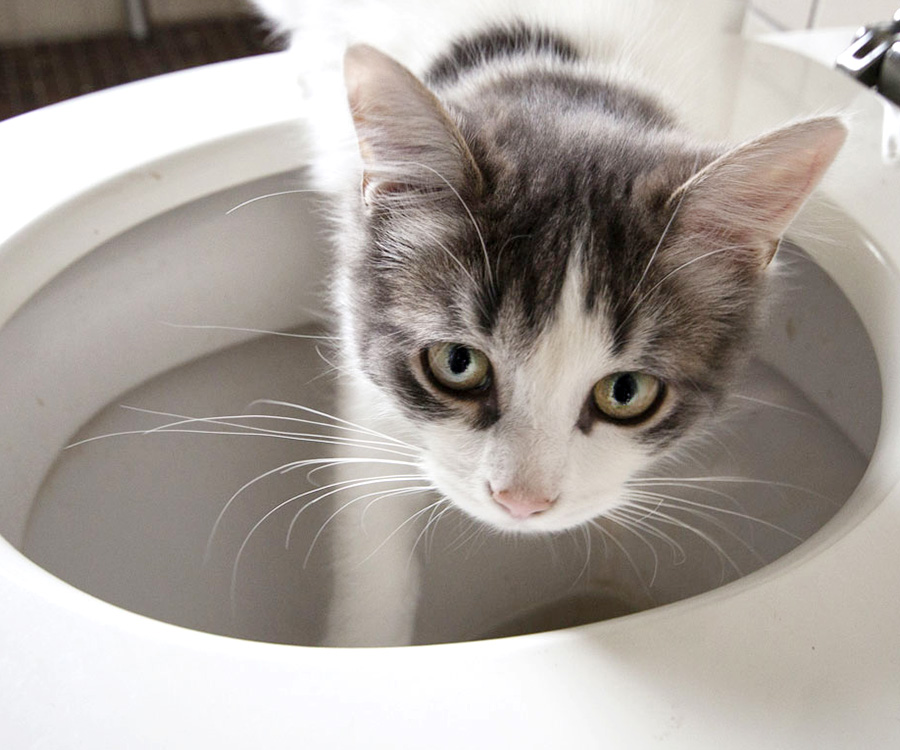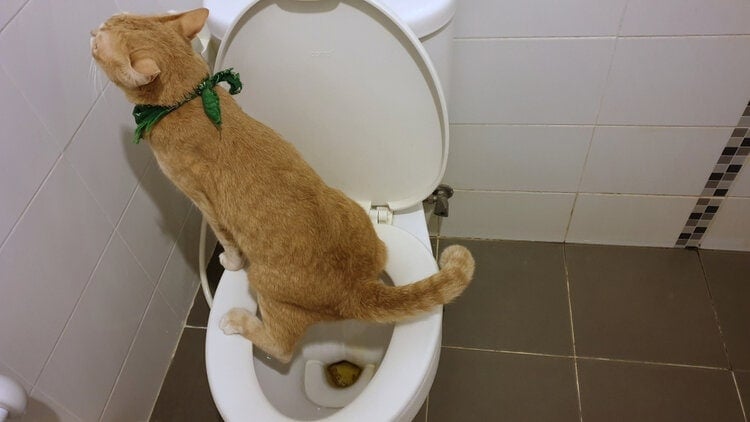An Dangers of Flushing Animal Waste Down the Toilet
An Dangers of Flushing Animal Waste Down the Toilet
Blog Article
What're your ideas regarding 4 Reasons Why Dog Poop Cleanup is Important?

When it pertains to throwing away waste, particularly animal waste, many individuals typically resort to the hassle-free alternative of flushing it down the toilet. However, this relatively easy service can have severe consequences for the setting and public health. In this post, we'll explore why flushing animal waste down the commode is a bad idea and provide alternative techniques for correct disposal.
Intro
Correct waste disposal is important for preserving ecological sustainability and public health. While it might appear harmless to flush animal waste down the toilet, it can lead to numerous problems, both for the atmosphere and human well-being.
Dangers of flushing pet waste
Ecological influence
Purging animal waste introduces harmful microorganisms and virus into rivers, which can adversely affect aquatic ecosystems. These microorganisms can pollute water resources and harm marine life, interrupting fragile ecosystems.
Public health worries
Animal waste contains unsafe bacteria such as E. coli and Salmonella, which can posture serious health dangers to people. Flushing pet waste down the bathroom can contaminate water products, resulting in the spread of diseases and infections.
Alternatives to flushing
As opposed to flushing pet waste down the bathroom, there are a number of alternative disposal techniques that are a lot more eco-friendly and hygienic.
Composting
Composting pet waste is an eco-friendly means to get rid of it. By composting, organic matter is broken down into nutrient-rich soil, which can be made use of to feed gardens and plants.
Land fill disposal
Getting rid of pet waste in a landfill is an additional choice. While not as eco-friendly as composting, it is a more secure alternative to flushing, as it protects against the contamination of water sources.
Animal garbage disposal systems
There are specialized pet dog garbage disposal systems available that securely and hygienically dispose of animal waste. These systems frequently use enzymes to break down waste and remove odors.
Steps to correct pet garbage disposal
To guarantee appropriate disposal of animal waste, follow these actions:
Scooping and getting waste
On a regular basis scoop and bag pet waste using biodegradable bags. This protects against waste from infecting the atmosphere.
Making use of designated waste containers
Dispose of bagged animal waste in marked waste containers, such as garden compost bins or garbage dump containers. Prevent flushing it down the toilet in all expenses.
Cleansing litter boxes and pet areas frequently
Routinely tidy litter boxes and pet areas to prevent the build-up of waste and microorganisms. Use pet-safe cleaning items to preserve hygiene.
Advantages of appropriate disposal techniques
Embracing correct disposal techniques for animal waste provides numerous benefits:
Minimized environmental pollution
Appropriate disposal approaches decrease the threat of environmental pollution, shielding rivers and ecosystems from contamination
Minimized danger of water contamination.
By preventing flushing pet waste down the toilet, the danger of water contamination is substantially lowered, guarding public health.
Boosted sanitation and hygiene
Proper disposal approaches advertise better cleanliness and health, developing a more secure environment for both humans and pets.
Conclusion
Finally, purging animal waste down the commode is damaging to the environment and public health. By adopting alternate disposal methods and complying with appropriate waste administration methods, we can lessen the negative influence of animal waste and add to a cleaner, much healthier planet.
What To Do With Dog Poo – The Do's And Don'ts Of Disposing Of Faeces
Dog poo bins
Some councils provide dedicated dog waste bins in popular dog-walking areas that can take dog poo that has been bagged but you can legally dispose of dog waste in any public litter bin, as long as it is securely bagged. This also applies to your wheelie bin at home.
Do not flush
Water companies do not recommend flushing dog faeces down the toilet because certain parasites can survive the water processing treatment and are potentially harmful to humans. You should also never consider flushing dog poo that has been bagged down the toilet as the bags will not break down and instead create severe blockages in the sewage system.
In the woods
The Forestry Commission promotes a ‘stick and flick’ method for dealing with waste in the woods. This means finding a stick and using it to flick any poo from off the path so that it is out of the way of other walkers. You could also bury it as long as it is not in an area where there might be livestock.
Livestock
Parasites found in dog poo can be transmitted to livestock if they inadvertently eat infected faeces that has been left on grazing land. This could result in the death of sheep or abortion in cattle so you should always make sure you pick up your dog’s waste in fields where livestock could be present.

Routinely tidy litter boxes and pet areas to prevent the build-up of waste and microorganisms. Use pet-safe cleaning items to preserve hygiene.
Advantages of appropriate disposal techniques
Embracing correct disposal techniques for animal waste provides numerous benefits:
Minimized environmental pollution
Appropriate disposal approaches decrease the threat of environmental pollution, shielding rivers and ecosystems from contamination
Minimized danger of water contamination.
By preventing flushing pet waste down the toilet, the danger of water contamination is substantially lowered, guarding public health.
Boosted sanitation and hygiene
Proper disposal approaches advertise better cleanliness and health, developing a more secure environment for both humans and pets.
Conclusion
Finally, purging animal waste down the commode is damaging to the environment and public health. By adopting alternate disposal methods and complying with appropriate waste administration methods, we can lessen the negative influence of animal waste and add to a cleaner, much healthier planet.
What To Do With Dog Poo – The Do's And Don'ts Of Disposing Of Faeces
Dog poo bins
Some councils provide dedicated dog waste bins in popular dog-walking areas that can take dog poo that has been bagged but you can legally dispose of dog waste in any public litter bin, as long as it is securely bagged. This also applies to your wheelie bin at home.
Do not flush
Water companies do not recommend flushing dog faeces down the toilet because certain parasites can survive the water processing treatment and are potentially harmful to humans. You should also never consider flushing dog poo that has been bagged down the toilet as the bags will not break down and instead create severe blockages in the sewage system.
In the woods
The Forestry Commission promotes a ‘stick and flick’ method for dealing with waste in the woods. This means finding a stick and using it to flick any poo from off the path so that it is out of the way of other walkers. You could also bury it as long as it is not in an area where there might be livestock.
Livestock
Parasites found in dog poo can be transmitted to livestock if they inadvertently eat infected faeces that has been left on grazing land. This could result in the death of sheep or abortion in cattle so you should always make sure you pick up your dog’s waste in fields where livestock could be present.

I'm certainly very interested by Don't Flush Your Pets Poo Down The Loo, Vet Warns and I hope you enjoyed the new post. Loved our write-up? Please share it. Help other people check it out. Many thanks for going through it.
Website Report this page